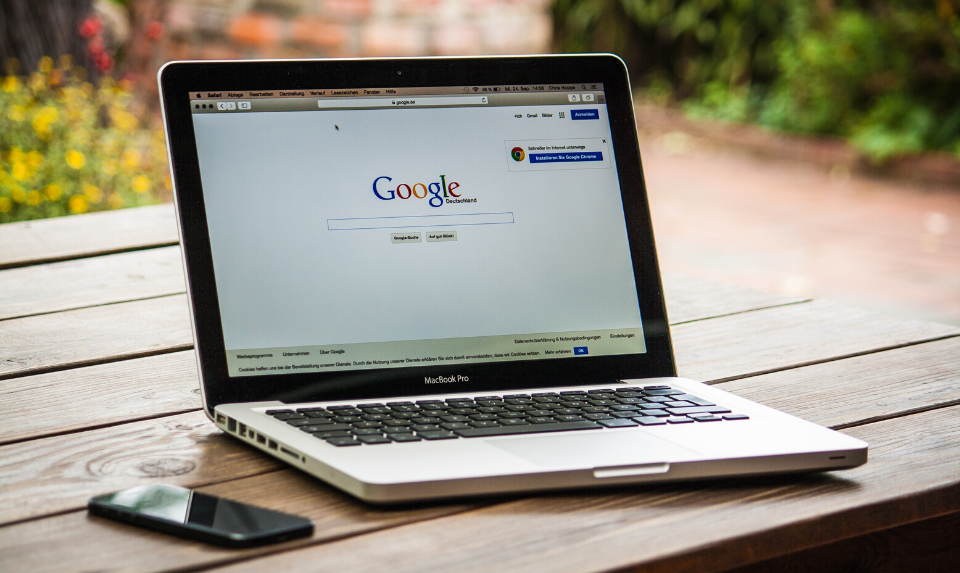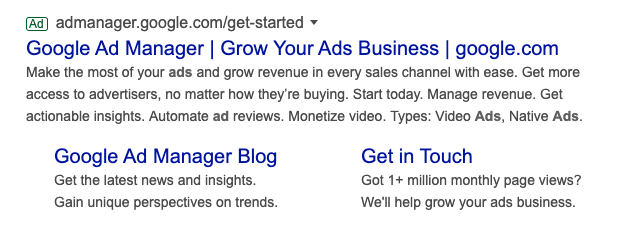
Every second, there are 2.3 million searches made on Google, and the bulk of search results pages consist of Google advertising. Paid for by businesses, Google ads can be a very successful way of driving relevant, qualified traffic to the website accurately when individuals are looking for the types of merchandise or services your business provides.
With Google advertising, you can increase your website traffic, accept more phone calls, and boost your in-store visits.
Google Ads lets you to make and share timely ads (via both mobile and desktop) with your goal audience. Meaning, your business possibly show up on the search engine results page (SERP) the instant your ideal clients are looking for merchandise and services like yours via Google Search or Google Maps. Thus, you attain your target audience when it makes them to see your ad.

Eventually, Google advertising will also help you study, analyze, and develop those ads to reach more individuals so your business can hit every paid campaign goals.
In addition, no matter the size of your business or your existing assets, you can tailor fit your ads to suit your finances. The Google Ads tool grants you the chance to continue inside your monthly cap and even pause or stop your ad expenses at anytime.
Now, onto another significant question: Is Google Ads truly effective?
Does Google Advertising Work?
To answer this, let’s think of a few statistics. Google Ads contains a click-through rate of almost 8 percent. Display ads give way 180 million impressions every month. For clients who are set to purchase, paid ads on Google obtains 65% of the clicks. 43% of clients purchase something they’ve noticed on a YouTube ad. So, yes, Google Ads works. With an optimized ad campaign and lead flow, you can generate a high-ROI marketing drive.
Why Advertise on Google?
Google is the most commonly used search engine, receiving 3.5 billion search questions daily. Not to mention, the Google advertising platform has been existing for almost two decades, giving it some priority in the area of paid advertising. Google is a source used by individuals around the world to ask queries that are answered with an arrangement of paid ads and organic results.
And, as per Google, advertisers make $8 for every $1 they spend on Google Ads. So, there are a number of reasons why you’d desire to think about advertising on Google.
Need one more reason? Your rivals are using Google Ads (and they might even be bidding on your labelled terms). Thousands of companies use Google advertising to endorse their businesses, meaning that even if you’re ranking organically for a search term; your results are being pushed down the page, underneath your rivals.
If you’re using PPC to promote your merchandise or services, Google Ads have to be a part of your paid tactic — there’s no way around it (except maybe Facebook Ads, but that’s a different article).
Reasons Why Your Google Ads Aren’t Working
If you’ve tried ineffectively to promote on Google, don’t give up. There are a lot of reasons why your Google Ads might be underperforming. Let’s cover some frequent offenders.

Broad Keyword Terms
You truly need to nail it when it comes to your keywords, that is why testing and tweaking have to be a part of your tactic. If your keywords are too broad, Google will be placing your ad in front of an incorrect audience which means lesser clicks and a higher ad spends. Reconsider what’s working (i.e. which keywords are producing clicks) and correct them to best match your ads with your aim audience. You likely won’t get the combination right the first time but you have to keep adding, removing and tweaking keywords until you do.
Irrelevant Ads
If your ad doesn’t equal the searcher’s goal, you won’t get sufficient clicks to rationalize your ad spend. Your captions and ad copy need to equal the keywords you’re bidding on, and the solution your ad is marketing needs to solve at all pain points that searcher is experiencing. It’s a combination that will give way for the results you’re looking for, and it may just be a few tweaks away. You have the choice to make multiple ads per campaign — use this feature to split test which ads work best. Or, better yet, use Google’s Responsive Search Ads feature.
Low Quality Score
Your Quality Score (QS) is how Google establish how your ad has to rank. The higher your rank, the better your placement. If your quality score is low, you’ll have lesser views on your ad and lesser chances to convert. Google will inform you the Quality Score, but getting better it is up to you.
Poor Landing Page
Your work shouldn’t stop with your ad — the user experience following a click is evenly significant. What does your client notice once they click your ad? Is your landing page optimized for translations, meaning does it use the identical keywords? Does the page solve your user’s pain point or respond to their questions? Your client should experience a seamless transition throughout the conversion.